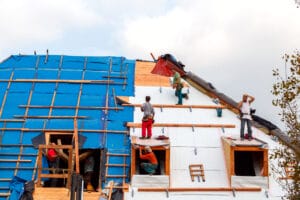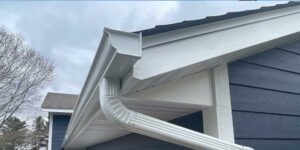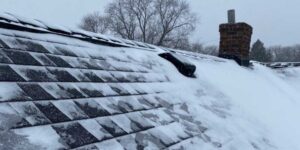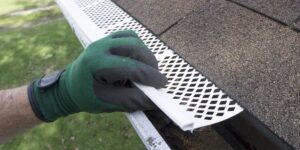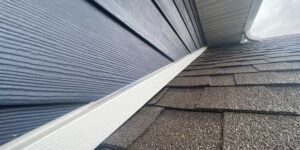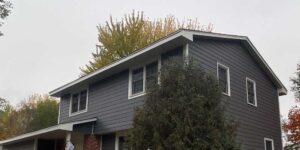The average lifespan of siding is dependent on the type of material, the installation process, and its surrounding climate and its elements. But, you can keep your siding in its best shape over the years by performing annual inspections (simply walking around your home to look closely, from multiple angles, for anything that may need to be addressed with necessary repairs). As with most areas of your house, it is always better to find and address issues before becoming large or emergency problems.
So, how do you know when to replace your siding? Here are seven signs to help you determine when it’s time to schedule a siding inspection with a professional to discuss repairs or replacement.
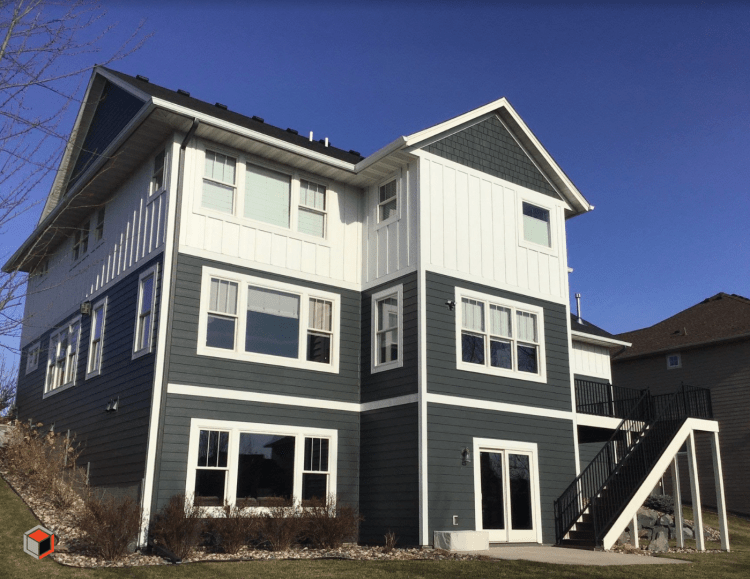
- Cracks, Gaps, Holes, or Buckled, Warped, or Sagging Siding
- These, often unattractive, damages are a red flag indicating your siding is not doing its job in protecting your home as efficiently as it is supposed to. Catching these areas early on may allow you to get away with small repairs before a full replacement, but ignoring these problem areas allows the damage to spread and get worse.
- Loose or Missing Siding
- When pieces of your siding are falling off or missing, there is no longer protection for the underlying structure of your home. This is detrimental as excessive moisture (rain or snow), rodents, bugs, and other pests can get underneath the existing siding and lead to a broad range of issues that could lead to potentially expensive repairs.
- Fading Color
- Just because your siding color may be fading and no longer adding to your curb appeal like it once did doesn’t mean you need to replace it. However, it is an indicator that you might want to start exploring and educating yourself on what options are available for your home when the time comes.
- Rot, Mold, or Mildew
- If you notice moisture buildup (rot, mold, or mildew) in the interior of your home, inspect the condition of that area on the exterior of your home to address any issues – minor or significant – quickly.
If your siding is rotting or crumbling, it is not performing its crucial role. Keep an eye out for soft or crumbling wood siding as that can be a sign of rot. Rot is an issue you will want to determine the root of the problem and address as soon as you notice instead of ignoring it and letting the issue spread and worsen.
- If you notice moisture buildup (rot, mold, or mildew) in the interior of your home, inspect the condition of that area on the exterior of your home to address any issues – minor or significant – quickly.
- Wildlife Damage
- Woodpeckers, termites, rodents, and other pests that get into or damage your siding aren’t only annoying; they are destructive to the structure of your home. If these critters are a persistent problem, considering fiber cement siding or another material less appealing to these creatures may be your next step.
If you notice anything about your siding that needs attention, our team would be to come out for a complimentary inspection and to discuss your options with you. Text, email, or call to schedule your appointment today as we repair and install siding year-round.

